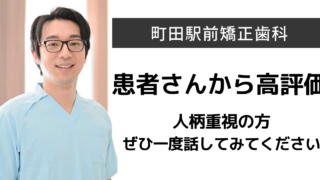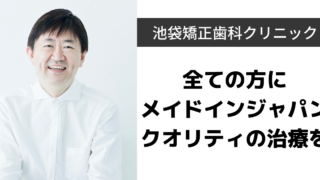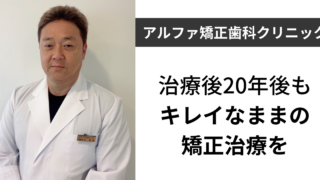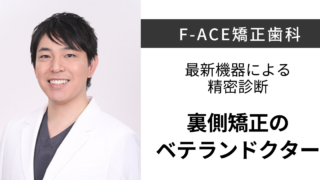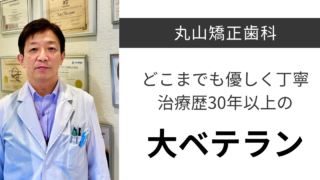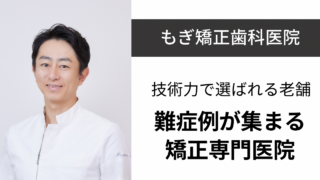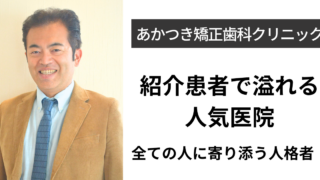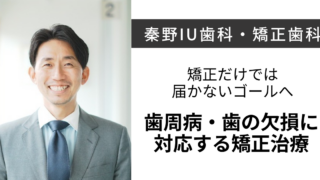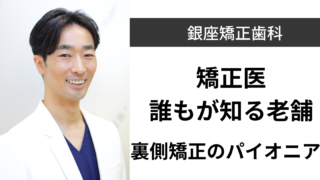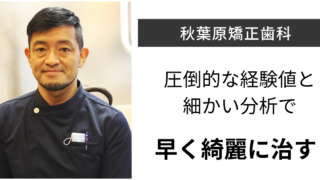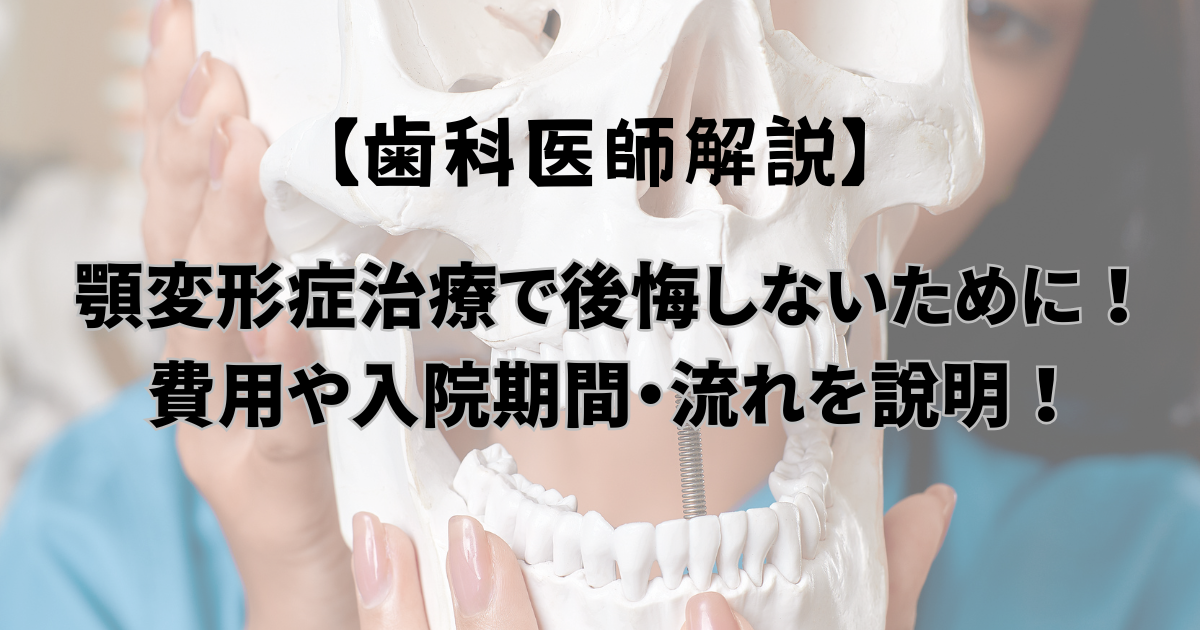
【歯科医師解説】顎変形症治療で後悔しないために!費用や入院期間、流れを説明!
顎変形症(がくへんけいしょう)は、受け口(下顎前突) や 出っ歯(上顎前突) など、顎の成長異常によって起こる骨格的なズレを指します。
見た目の問題だけでなく、咬み合わせの不具合、発音のしにくさ、顎関節症のリスク など、機能的なトラブルを引き起こすこともあります。
「顎変形症は手術が必要?矯正だけで治る?保険は適用されるの?」といった疑問を持つ方も多いのではないでしょうか。
この記事では、顎変形症の原因・診断方法・治療法(矯正・手術)・保険適用の条件 について詳しく解説します。軽度なら矯正治療のみで改善できる場合もありますが、重度のケースでは外科手術が必要になります。どのようなケースで手術が必要になるのか、どのような手術方法があるのか、リスクや術後の経過 についても紹介するので、治療を検討している方はぜひ参考にしてください。
また、顎変形症の治療が保険適用になる条件や、適用される歯科医院の選び方 についても解説します。「手術を受けるべきか迷っている方、保険適用の対象になるか知りたい方」に役立つ内容となっていますので、最後までご覧ください。
アルファ矯正歯科クリニック | 辻 英彦先生
日本矯正歯科学会認定医
学生時代、顔をダイナミックに変えることのできる顎変形症の治療に感銘を受け,
顎変形症に携わるために矯正医を志した情熱的な先生。
日々外科医と密に連絡を取り、手術併用の矯正治療を多く行っている。
顎変形症とは?
顎変形症(がくへんけいしょう)は、下顎が前に出る「下顎前突(受け口)」、上顎が前に出る「上顎前突(出っ歯)」、または顎の左右差が原因で顔が歪んでしまう症状の総称です。顎の成長異常によって起こるため、見た目だけでなく、咬み合わせの異常、発音のしづらさ、顎関節症のリスク など、機能的な問題を引き起こすことがあります。
顎変形症の治療は、矯正治療だけで改善できる場合と、外科手術を併用する必要がある場合があります。特に骨格のズレが大きい場合は手術が必要になることが多く、保険適用の条件も関係してきます。
顎変形症の原因

顎変形症の原因
顎変形症の原因は多岐にわたりますが、大きく分けると先天性(生まれつき)と後天性(成長過程での影響)の2つに分類されます。
先天性の原因
- 遺伝による顎骨の発育異常
- 口唇裂・口蓋裂、Crouzon(クルーゾン)症候群、Apert(アペール)症候群などの遺伝性疾患 → 上顎の発育不足による上顎前突
- Goldenhar(ゴールデンハー)症候群、Treacher Collins(トリーチャー・コリンズ)症候群など → 下顎の発育不足による下顎前突
後天性の原因
- 顎の成長期に起こる骨折や外傷
- 顎骨の腫瘍、嚢胞(のうほう)、炎症、放射線治療の影響
- 幼少期の歯の喪失(虫歯や先天的な歯の欠損)による咬み合わせの変化
- 舌の癖(舌突出癖)、指しゃぶり、口呼吸などによる顎の発育異常
顎変形症の診断基準
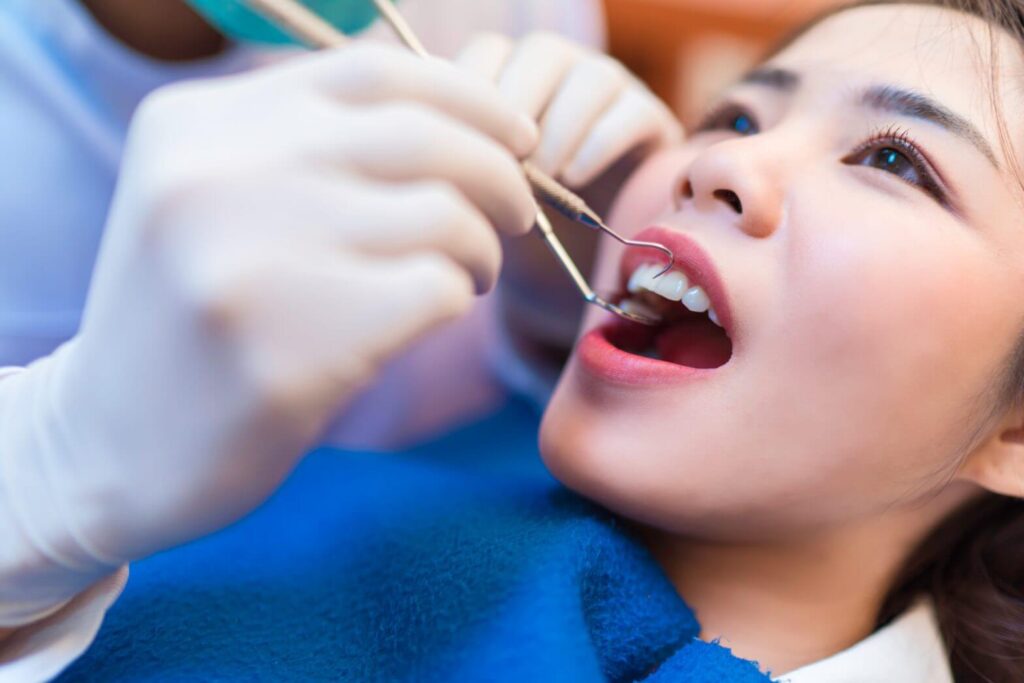
顎変形症の診断には、矯正歯科医と形成外科医もしくは口腔外科医の両方の判断が必要になります。まず、矯正歯科で以下の検査を行います。
診断の流れ
- 口腔内診査(咬み合わせや顎の状態を確認)
- 口腔内写真撮影
- レントゲン・セファログラム(矯正用の規格レントゲン)
- 歯型の模型作成
これらのデータをもとに、骨格のズレが大きい場合、矯正歯科医が顎変形症の疑いありと診断します。その後、口腔外科医の診断を受け、顎変形症と確定診断されれば保険適用の対象になります。
顎変形症の治療方法
顎変形症の治療は、矯正治療のみで改善できるケースと、外科手術(顎矯正手術)を併用するケースの2つに分かれます。
矯正治療のみで改善する場合
- 軽度の受け口・出っ歯
- 顎のズレが小さい症例
手術が必要な場合
- 顎骨の成長異常が大きいケース(顎が極端に長い・短い、左右差が大きい)
- 矯正治療だけでは咬み合わせを改善できない症例
手術が必要な場合、矯正歯科医と口腔外科医が連携し、手術の前後に矯正治療を組み合わせることが多いです。
手術は全身麻酔で行われ、入院も必要となります。治療が終了した後も、定期的な検診が必要となります。
顎変形症の手術方法
顎変形症の手術方法には、上顎に対する手術と下顎に対する手術があり、それぞれの症状や治療目的に応じて適用されます。これらの手術は、咬み合わせの改善だけでなく、顔のバランスや機能の向上を目的として行われます。
上顎の手術
- Le Fort I型骨切り術: 上顎全体を移動させる手術。ガミースマイルや上顎前突の治療に適応される。
下顎の手術
オトガイ形成術: 下顎の先端部分(オトガイ)の形を整え、バランスを調整。図解も載ってます。
下顎枝矢状分割術(SSRO): 下顎の位置を調整するための手術で、最も一般的な術式。
下顎枝垂直骨切術: 下顎の後方を垂直に骨切りし、後方移動させる手術。
具体的な手術の流れはこちらを参考にしてください↓
顎変形症の保険適用について
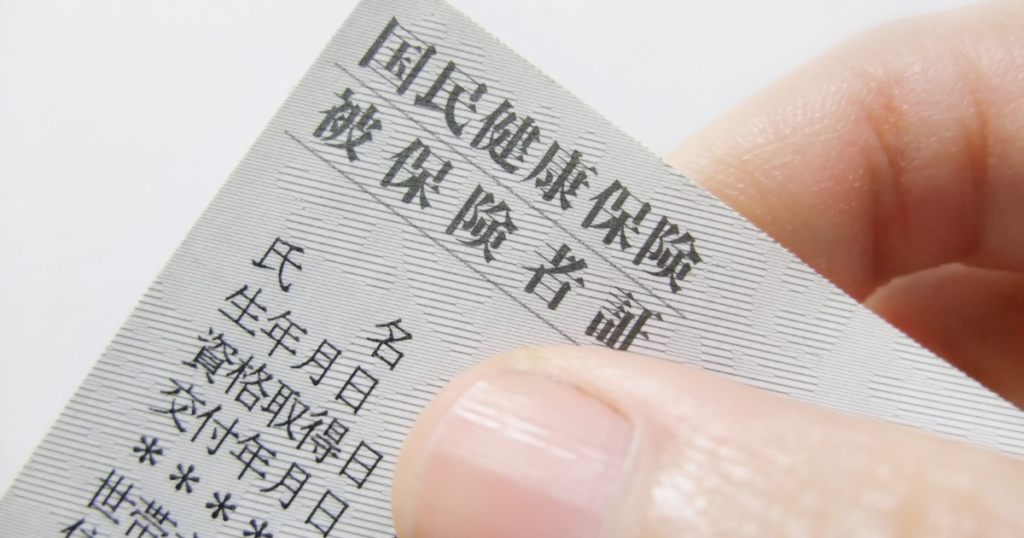
顎変形症の治療は自由診療ではなく、一定の条件を満たすことで健康保険の適用を受けることができます。これは、顎変形症が単なる審美目的の治療ではなく、咬合機能の回復を目的とした医療行為であるためです。
保険適用の条件
- 矯正歯科医と形成外科医もしくは口腔外科医の両方の診断が必要
- 顎変形症と診断された場合、手術だけでなく、手術前後の矯正治療も保険の適用範囲になります。美容外科からの紹介されて矯正歯科を受診する場合、自費となることも多いので注意が必要です。
- 「顎口腔機能診断施設」に認定された歯科医院で診断を受けること
- 顎変形症の治療が可能な歯科医院は限られており、適切な診断と治療ができる施設であることが求められます。
- 「顎口腔機能診断施設」に認定されたクリニックでは手術を行う病院と連携して矯正治療を行うことが可能です。
- 基本的に矯正専門医院であれば手術の適応かどうかの判断は可能ですが、「顎口腔機能診断施設」でない場合、大学病院など他の施設に紹介となり、再度矯正歯科の診察を受けることになります。
- 手術前後の矯正治療も保険適用の対象
- 手術を伴う矯正治療では、術前矯正(手術の準備)と術後矯正(手術後の歯並び調整)も含めて保険適用となります。
保険適用を希望する場合は、最寄りの矯正歯科医に相談し、施設の認定状況を確認することをおすすめします。
顎変形症の治療は、手術を行わない限り正しい噛み合わせを作ることができない症例など、一定の基準を満たす場合にのみ健康保険が適用されます。
顎変形症の手術のリスク
顎変形症の手術は、効果的な治療法ですが、いくつかのリスクを伴います。術前に十分な説明を受け、リスクを理解した上で治療を決定することが重要です。
主な手術リスク
- 全身麻酔によるリスク
- 手術は全身麻酔下で行われるため、麻酔によるアレルギー反応や合併症のリスクが伴います。ただし、現在の麻酔技術は非常に進歩しており、リスクは極めて低いとされています。
- 術後の腫れや痛み
- 手術直後は顎周辺が腫れることが一般的で、1〜2週間ほどで徐々に回復します。痛みは鎮痛剤でコントロールできることが多いですが、個人差があります。
- 神経麻痺の可能性
- 顎の手術では、下顎骨の中を走行する神経を避けながら手術を行いますが、一時的に口の感覚が鈍くなることがあります。ほとんどの場合、数ヶ月〜1年以内に回復します。
- 術後の感染リスク
- まれに手術部位に細菌感染が生じることがあります。適切な抗生剤の投与や衛生管理を徹底することでリスクを軽減できます。
- 咬合の変化と適応期間
- 手術後は咬み合わせが変化するため、新しい咬合に慣れるまでの適応期間が必要になります。術後矯正を通じて調整を行います。
手術の成功率は高いですが、リスクを理解し、慎重に治療方針を決定することが大切です。
まとめ
顎変形症は顎骨の形態異常により、審美的な障害だけでなく、咀嚼、発音、呼吸といった機能的な障害も引き起こします。
軽度のものであれば、矯正治療のみで治癒するものもありますが、手術が必要な場合も多くあります。
顎変形症の手術が必要な場合はそのリスクと必要性をよく理解した上で受けることをお勧めします。
顎変形症が得意な矯正歯科をお探しの方は365dentist公式ライン、
同じような悩みを持つ方と話したい方はオープンチャットに是非遊びにきてください。

